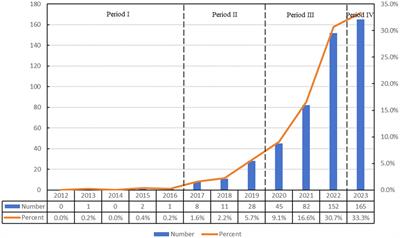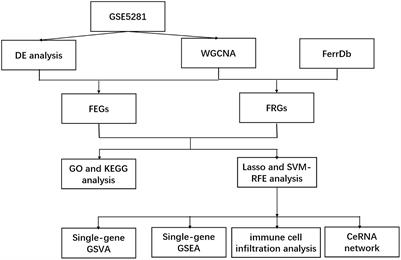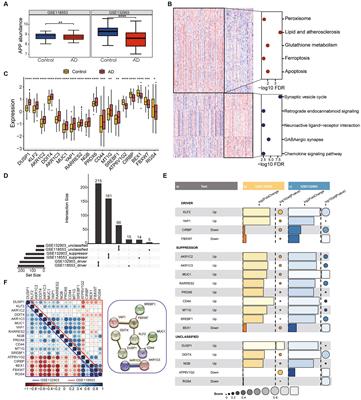EDITORIAL
Published on 13 Jan 2025
Editorial: Oxytosis/ferroptosis: unraveling the mechanisms and its multifaceted role in neurodegenerative diseases
doi 10.3389/fnmol.2024.1547301
- 628 views
3,606
Total downloads
12k
Total views and downloads
EDITORIAL
Published on 13 Jan 2025
ORIGINAL RESEARCH
Published on 30 Aug 2024

REVIEW
Published on 07 Aug 2024
ORIGINAL RESEARCH
Published on 22 Apr 2024

ORIGINAL RESEARCH
Published on 30 Oct 2023
